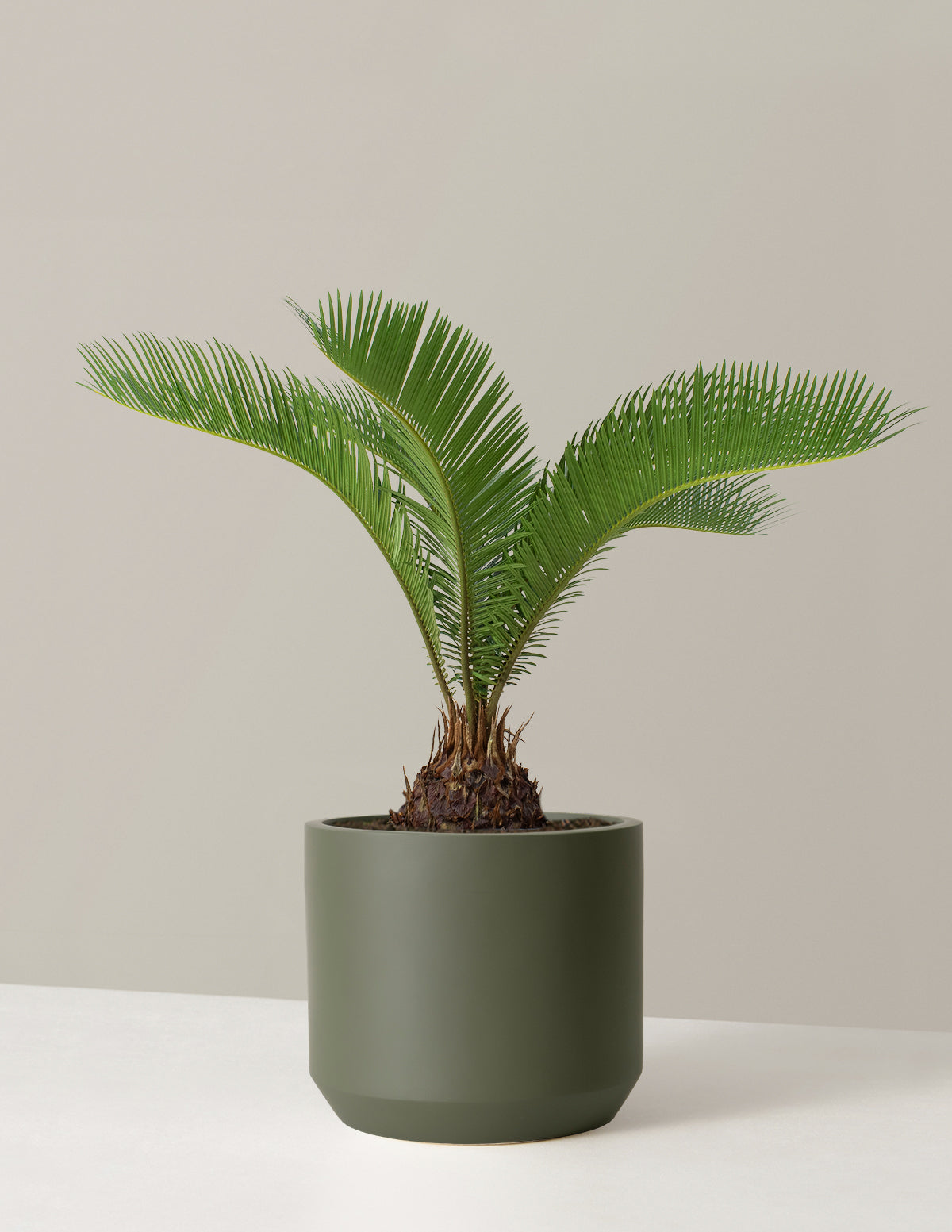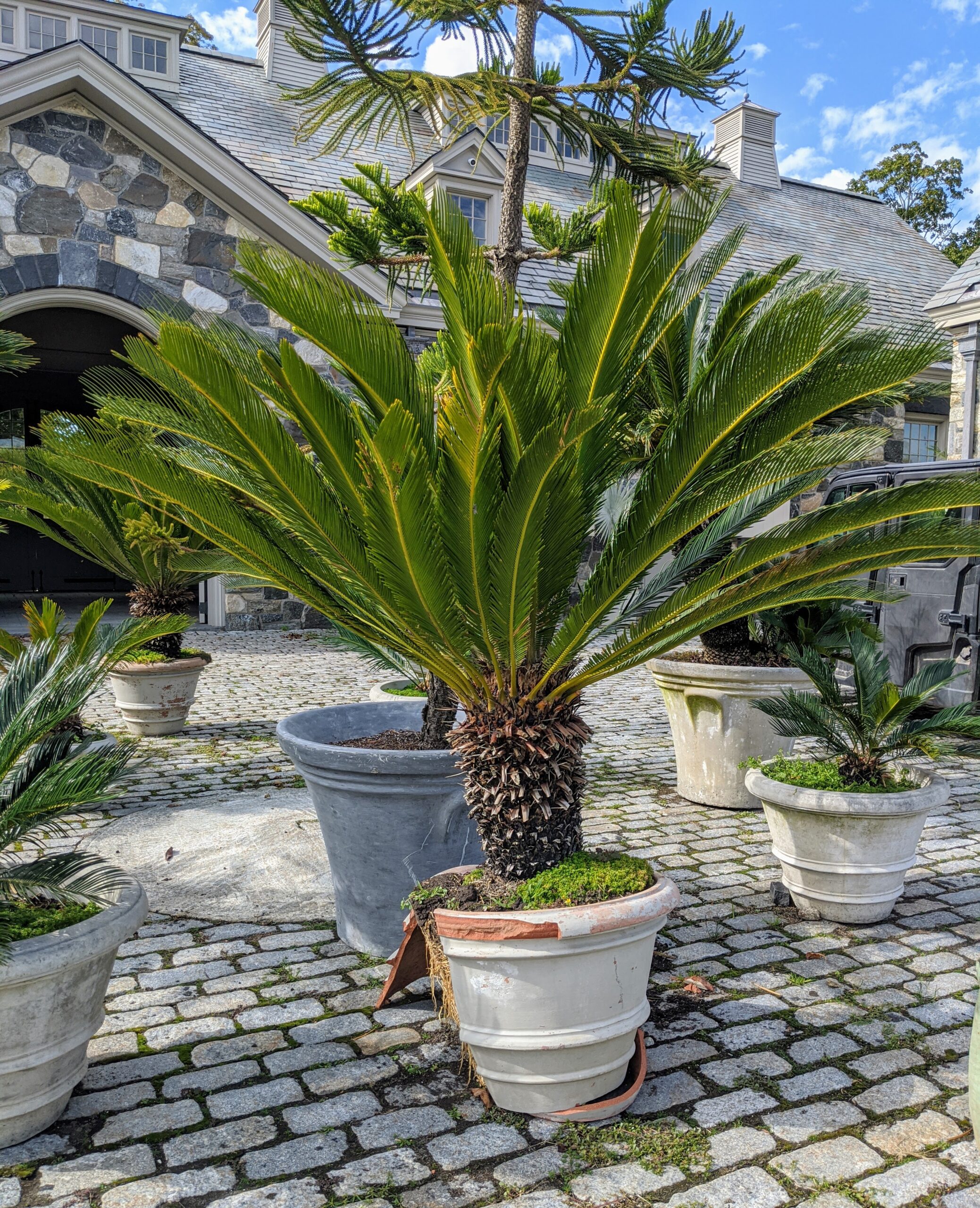The Sago Palm: A Living Fossil
The sago palm, a captivating plant with its lush, feathery fronds, has been gracing gardens and homes for centuries. Its unique appearance and low-maintenance nature have made it a popular choice among plant enthusiasts. However, beneath its serene exterior lies a fascinating history and intriguing characteristics.

The sago palm, scientifically known as Cycas revoluta, is a living fossil, dating back to the age of dinosaurs. It belongs to the Cycad family, one of the oldest groups of seed plants on Earth. These ancient plants have survived mass extinctions and have adapted to various climates, making them incredibly resilient.
The sago palm’s most striking feature is its crown of dark green, pinnate leaves that emerge from a stout trunk. These leaves can grow up to 6 feet long and create a dramatic, tropical effect. Unlike true palms, sago palms do not produce flowers. Instead, they develop cones that contain seeds. Male plants produce pollen cones, while female plants produce seed cones.

Sago palms are relatively easy to care for, making them suitable for both experienced and novice gardeners. They thrive in well-draining soil and prefer bright, indirect light. Overwatering can be detrimental to their health, so it’s important to allow the soil to dry out slightly between waterings.
Sago palms can be propagated through seeds or offsets. Seed propagation is a lengthy process, as it can take several years for seedlings to mature. Offsets, which are small plantlets that grow at the base of the main trunk, are a more common method of propagation.

It’s important to note that all parts of the sago palm are toxic to humans and animals. Ingestion of any part of the plant can lead to serious illness, including liver damage. Therefore, it’s crucial to keep sago palms out of reach of children and pets.
Sago palms are relatively resistant to pests and diseases. However, they can be susceptible to scale insects and mealybugs. These pests can be controlled with insecticidal soap or horticultural oil. Additionally, sago palms may experience root rot if they are overwatered.

The sago palm is a captivating plant that adds a touch of elegance and history to any space. Its unique appearance, low-maintenance nature, and resilience make it a popular choice for both indoor and outdoor settings. By following proper care guidelines and being aware of its toxicity, you can enjoy the beauty of this ancient plant for years to come.
Sago Palm Plant
:max_bytes(150000):strip_icc()/grow-sago-palms-1902770-06-b83d3d47262a499c889900a6c83625f7.jpg)
